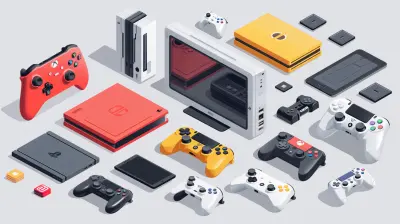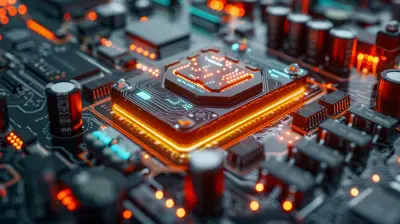Innovations in Wind Power: How Green Energy is Getting Smarter
22 October 2025
Wind power has come a long way from the old-fashioned windmills dotting farmland. Today, the industry is riding a wave of innovation, making turbines smarter, stronger, and more efficient. But what exactly is changing in the world of wind energy? And how do these advancements help us transition to a greener future? Let’s break it all down.
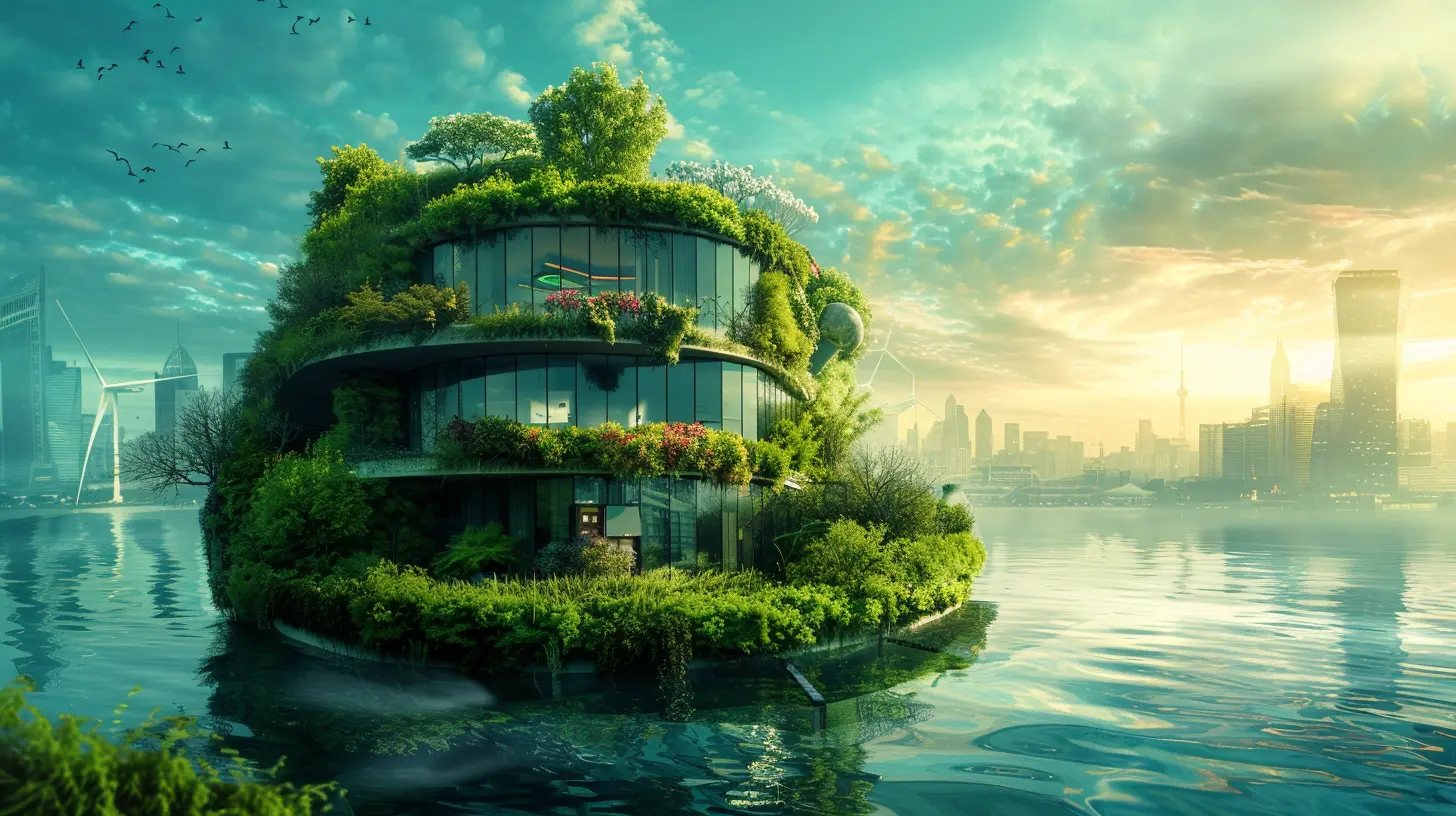
The Growing Need for Smarter Wind Energy
As the world races to cut carbon emissions and embrace renewable energy, wind power plays a crucial role. Traditional turbines have been effective, but they’re not perfect—issues like inconsistent wind speeds, energy storage challenges, and land use concerns have slowed progress.Thankfully, technology is addressing these challenges. From AI-powered turbines to floating offshore systems, wind energy is getting a serious upgrade. The result? More energy, lower costs, and a cleaner planet.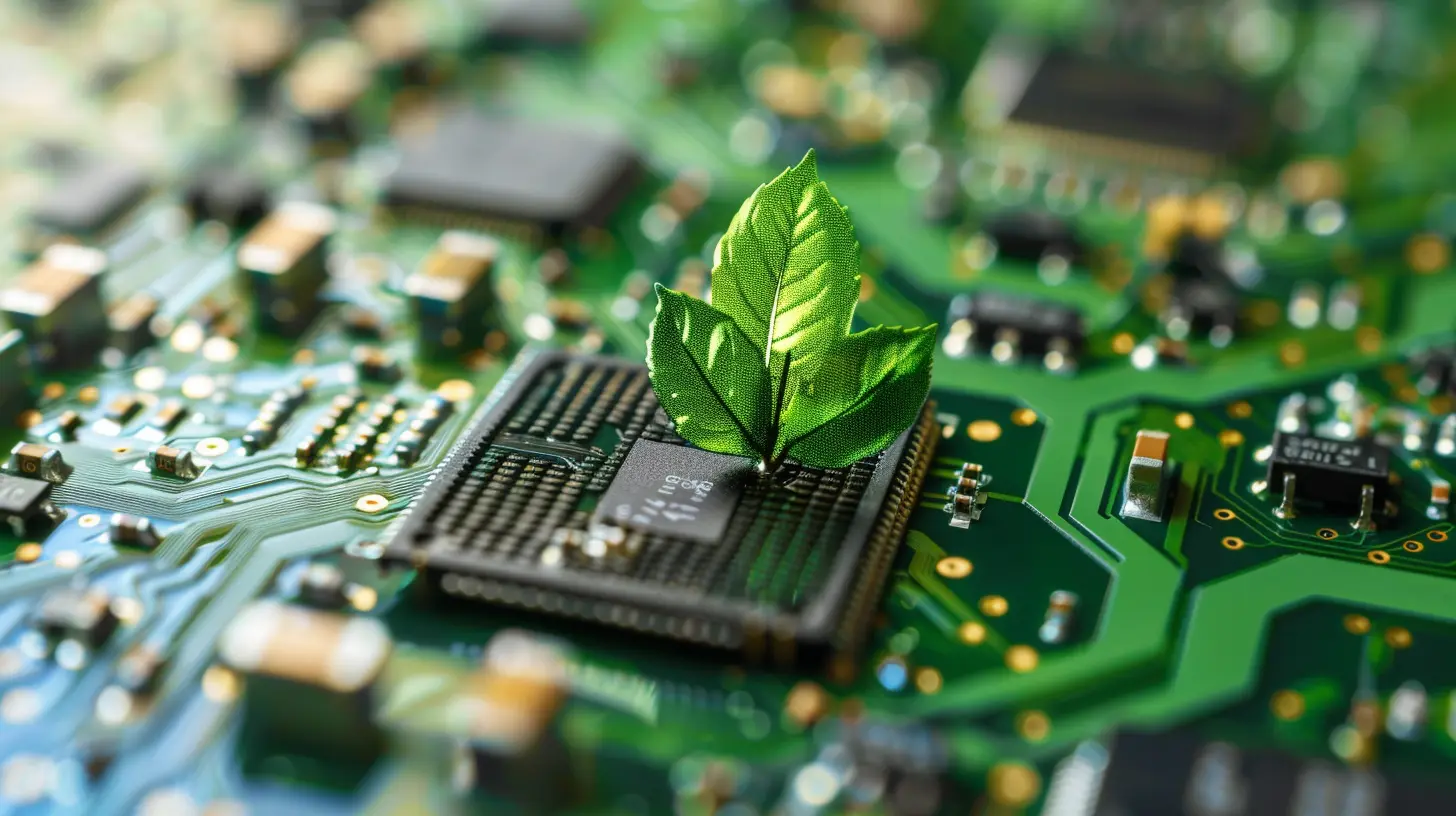
AI and Machine Learning: Optimizing Wind Efficiency
One of the biggest game-changers in wind energy is artificial intelligence (AI). Wind turbines are now getting “smarter” thanks to machine learning algorithms that optimize their performance in real time.How AI Enhances Wind Farms
- Predicting Wind Patterns: AI systems analyze vast amounts of weather data to predict wind speeds, allowing turbines to adjust accordingly.- Maximizing Output: Smart algorithms tweak blade angles and rotation speeds to generate more electricity with minimal wear and tear.
- Reducing Downtime: AI-powered maintenance systems can detect potential failures before they happen, reducing costly repairs and downtime.
By integrating AI, wind farms are producing more energy while cutting maintenance costs—a win-win for both the industry and the environment.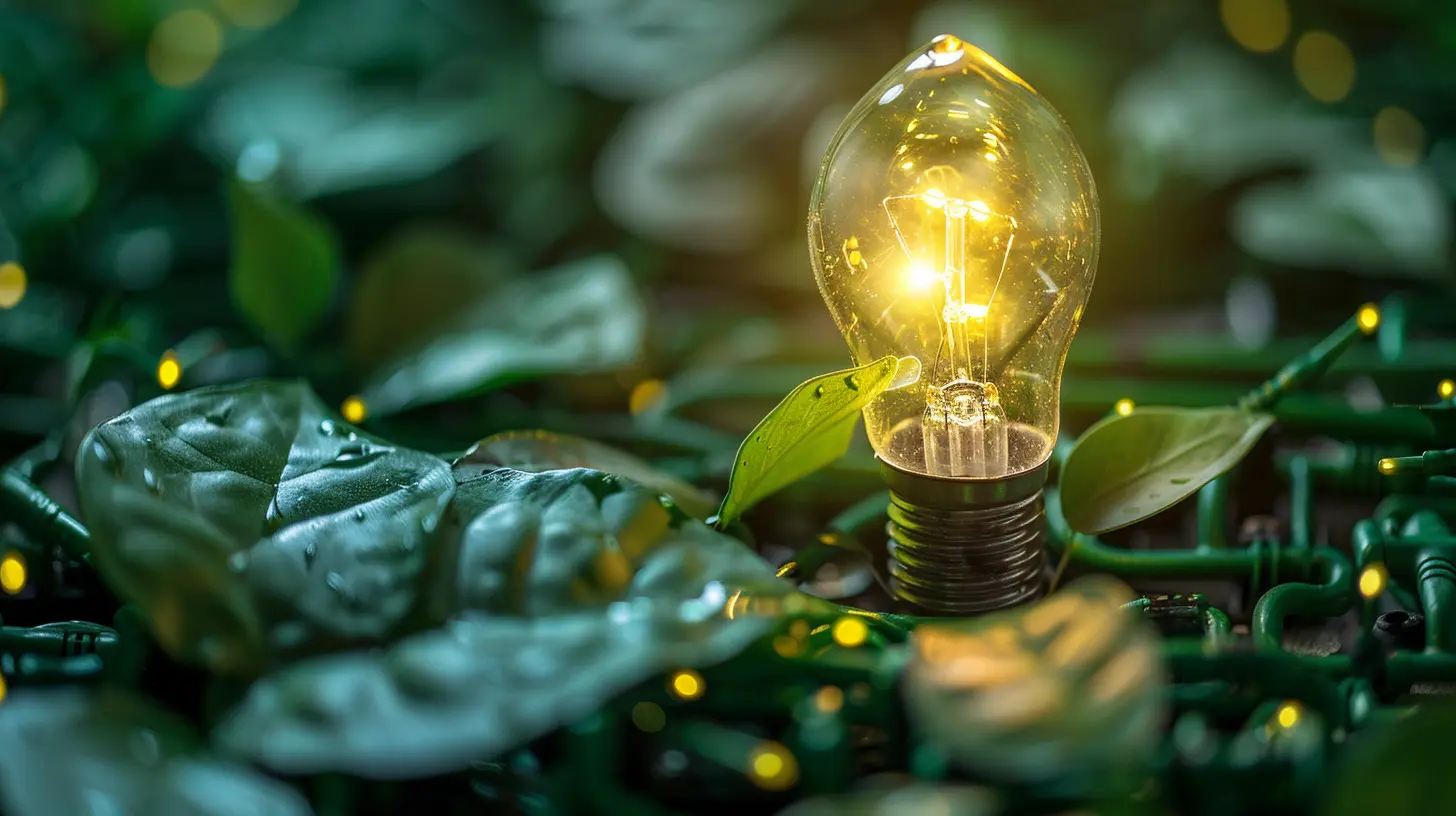
Floating Wind Farms: Harnessing Offshore Potential
If you’ve ever been to the beach, you know the wind is often stronger out at sea. That’s why offshore wind farms have massive potential. But building fixed turbines in deep waters isn’t easy—enter floating wind farms.What Makes Floating Turbines Special?
- Deeper Waters, Stronger Winds: Unlike traditional offshore turbines that are anchored to the seabed, floating turbines are tethered to the ocean floor using cables. This means they can be placed in deeper waters where winds are stronger and more consistent.- Less Land Use: Floating turbines eliminate the need for massive land-based wind farms, reducing environmental concerns and competition with agriculture.
- Scalability: With countries facing land restrictions, floating wind farms open up new possibilities for scaling up renewable energy production.
One of the most successful floating wind projects, Equinor’s Hywind Scotland, has already proven that this technology works. Now, countries worldwide are betting big on floating wind farms to meet renewable energy targets.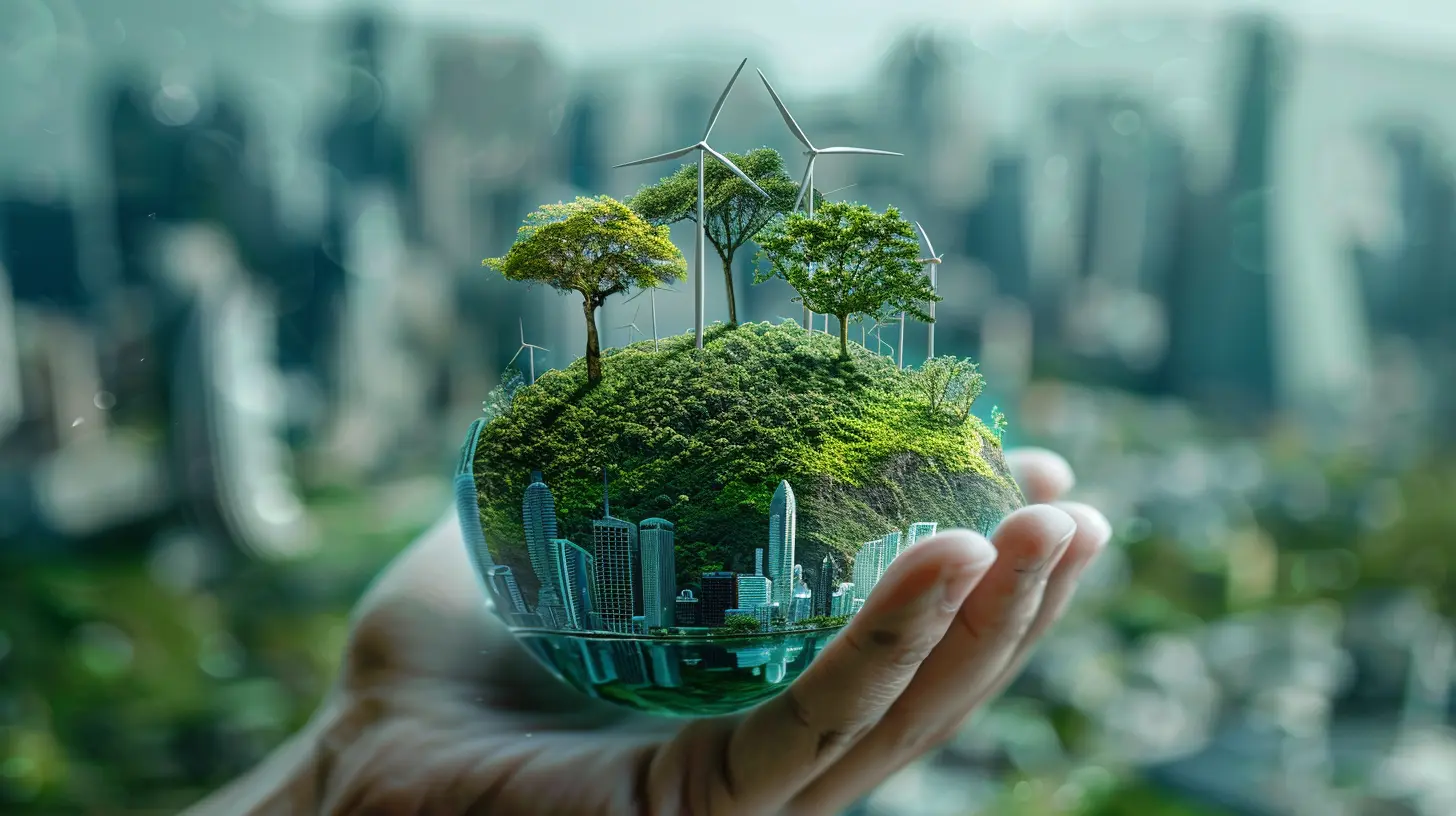
Advanced Materials: Building Stronger, Lighter Turbines
Wind turbines are massive structures, with blades that can be longer than a football field. But size alone isn’t enough—it’s about strength and efficiency. That’s where new materials come into play.The Future of Wind Turbine Materials
- Carbon Fiber Blades: Lighter than traditional fiberglass, carbon fiber reduces wear, increases efficiency, and allows for longer blades.- 3D-Printed Components: Some companies are experimenting with 3D-printed turbine parts, which can speed up production and cut costs.
- Recyclable Materials: Many turbine blades today are tough to recycle. New developments in biodegradable and recyclable materials aim to make wind energy even greener.
By using advanced materials, manufacturers can create larger and more durable turbines without increasing costs or environmental impact.
Vertical Axis Wind Turbines (VAWTs): A New Approach to Wind Energy
Most wind turbines you see today have a horizontal-axis design, but vertical axis wind turbines (VAWTs) are gaining attention as a potential alternative.Why Consider VAWTs?
- Better Performance in Urban Areas: Unlike traditional turbines that require large open spaces, VAWTs can work well in cities where wind directions are unpredictable.- Easier Maintenance: With their compact, ground-based design, VAWTs are easier to maintain compared to towering horizontal-axis turbines.
- Safer for Wildlife: Because VAWTs rotate differently, they pose less risk to birds and bats, addressing one of the biggest criticisms of wind energy.
While VAWTs aren’t yet mainstream, continued innovation could make them a significant part of future wind power solutions.
Energy Storage: Solving the Intermittency Problem
One of wind energy’s biggest challenges is intermittency—the wind doesn’t always blow when we need electricity. That’s why advancements in energy storage are essential.New Storage Solutions for Wind Power
- Battery Storage: Large-scale lithium-ion batteries can store excess electricity for use during calm periods.- Hydrogen Production: Wind farms are now being used to produce green hydrogen, which can be stored and used as a clean fuel source.
- Gravity Energy Storage: Some companies are experimenting with systems that store energy by lifting heavy weights and releasing them when power is needed.
By improving storage capacity, wind energy can become a more reliable power source, reducing reliance on fossil fuels even when the wind isn’t blowing.
Smart Grid Integration: Enhancing Wind Energy Distribution
Generating wind power is one thing—getting that energy to homes and businesses is another challenge. Enter smart grids.How Smart Grids Help Wind Energy
- Balancing Supply and Demand: Smart grids use AI to balance energy loads, ensuring the grid doesn’t get overwhelmed during high production.- Reducing Waste: Excess energy can be redirected where it’s needed, minimizing waste.
- Enabling Faster Response Times: When demand spikes, smart grids can quickly adjust energy distribution, improving overall efficiency.
Smart grid technology ensures that wind energy is used effectively, making the transition to renewables smoother and more efficient.
The Future of Wind Power: What’s Next?
Wind power isn’t slowing down anytime soon. With constant advancements, we’re likely to see even bigger, smarter, and more efficient turbines in the coming years.Upcoming Trends in Wind Energy
- Self-Repairing Turbines: Researchers are exploring self-healing materials that can automatically repair small cracks and damage.- AI-Managed Wind Farms: Fully autonomous wind farms could use AI to manage operations with little to no human intervention.
- Hybrid Renewable Systems: Combining wind with solar and battery storage could create ultra-reliable renewable energy sources.
The future looks bright—and windy.
Final Thoughts
The world needs cleaner energy, and wind power is stepping up in a big way. Thanks to AI, energy storage breakthroughs, and cutting-edge materials, wind energy is becoming more efficient, affordable, and accessible. As technology continues to evolve, wind power will only get smarter—helping us build a more sustainable future, one gust at a time.all images in this post were generated using AI tools
Category:
Green TechnologyAuthor:

Pierre McCord
Discussion
rate this article
1 comments
Mistral Maddox
Exciting advancements! How does AI enhance efficiency?
October 25, 2025 at 4:41 PM

Pierre McCord
AI enhances efficiency in wind power by optimizing turbine performance, predicting maintenance needs, and improving energy forecasting, ultimately maximizing output and reducing costs.

